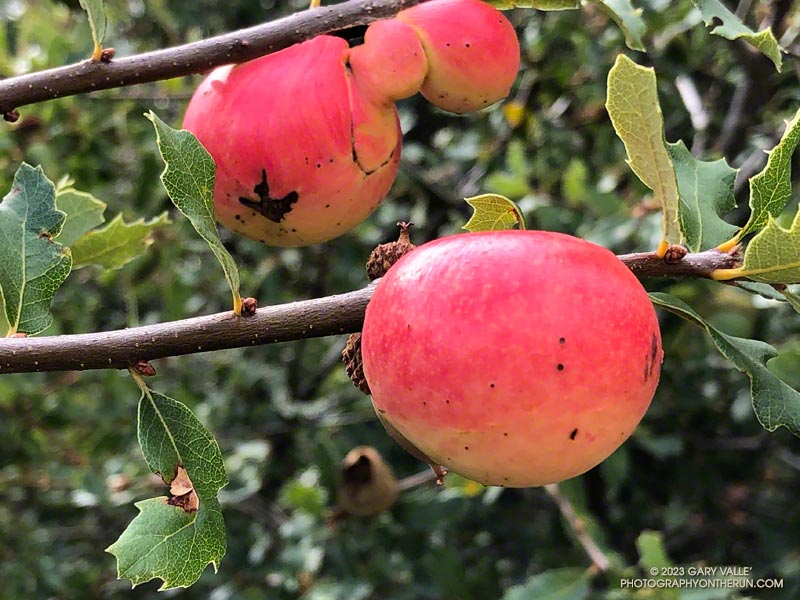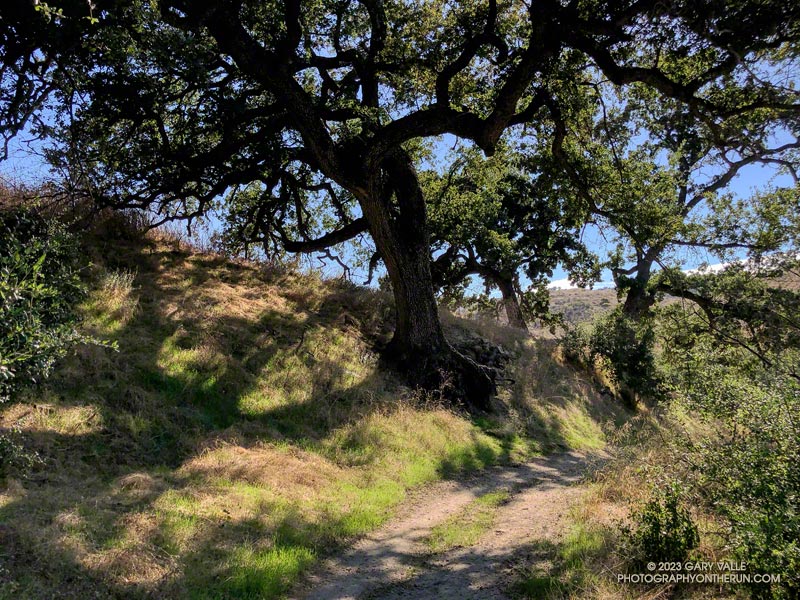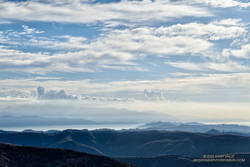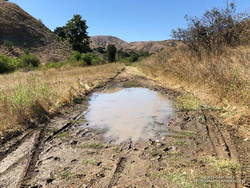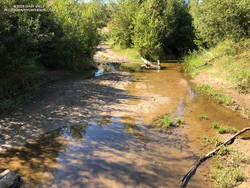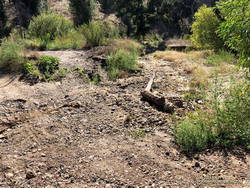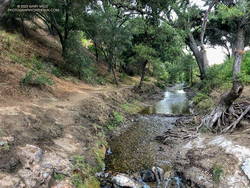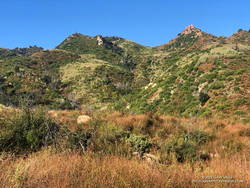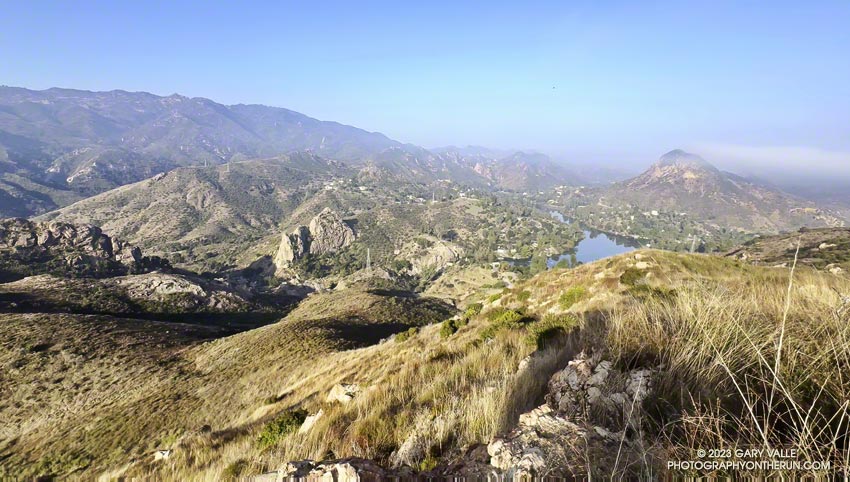
I took a few tentative steps into the dense brush and stopped. It was just too overgrown. I backtracked a few feet to the overlook at the top of Lake Vista Trail and reconsidered. If it was this overgrown all along the ridge, it was going to take a long time to get to the summit.
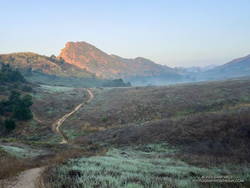
I was trying to get to the top of “Lake Vista Butte,” a high point along a prominent ridge of volcanic rock that stands between Reagan Ranch and Malibu Creek. The ridgeline and summit provide a unique perspective of Malibu Creek, Century Lake, Goat Buttes, Malibou Lake, and much of Malibu Creek State Park.
I dove back in, walking on top of a dense mat of dried deerweed and then working around a thicket of laurel sumac. Even if it was buried in a tangle of chaparral, it helped to know there was a path along the ridge. As I worked east along the ridgeline, the path would briefly emerge, only to disappear under another mass of scrub and brush.
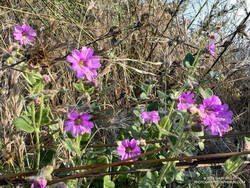
In places, enterprising orb-weaver spiders had constructed intricate webs across remnants of trail. Their artwork was easy to spot in the morning sun, and even though their webs blocked the trail, they could not be disturbed. At least the spiders were out in the open. A rattlesnake could be anywhere in the rocks and brush and might not be kind enough to give a warning.
The route along the ridge wasn’t technically challenging, but like the spider’s web, required patience to complete. Low in the sky, the morning sun complicated the route-finding, making it more difficult to see sections of the trail and link them together. Far outweighing these inconsequential difficulties were the exceptional views of Malibu Creek State Park’s crags, canyons and mountains while traversing the ridge.
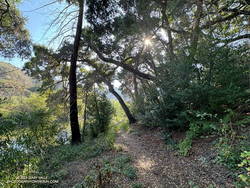
As often happens, the return to the Lake Vista Trail took less time than the ascent. Back at the overlook, I began retracing my steps down the Lake Vista and Deer Leg Trails and over to the top of the Cage Creek Trail. I was headed down to Malibu Creek to check the condition of the Forest Trail.
The Forest Trail is the “Walden Pond” of Malibu Creek State Park. Bordered by Century Lake on one side and the steep slopes of a rocky butte on the other, it is a contemplative place and one-of-a-kind habitat. It is home to towering coast redwoods, sprawling live oaks, sweet-smelling California bay, and water-loving California sycamores. Deer, ducks, bullfrogs, herons, hawks, falcons, and other wildlife may be seen here.
Fallen trees have been accumulating on the Forest Trail for months. On my last visit, following T.S. Hilary’s passage, another large oak had fallen near the beginning of the trail, making it unusable. Today, I was happy to find that the trees had been cleared, and the Forest Trail could be followed to its end at Century Lake Dam.
Here are a few photos taken along the way, including some wildflowers that usually don’t bloom this time of year.
Some related posts: Exploring the Lake Vista Trail and Ridge, Malibu Creek State Park Redwoods: Fighting the Drought

